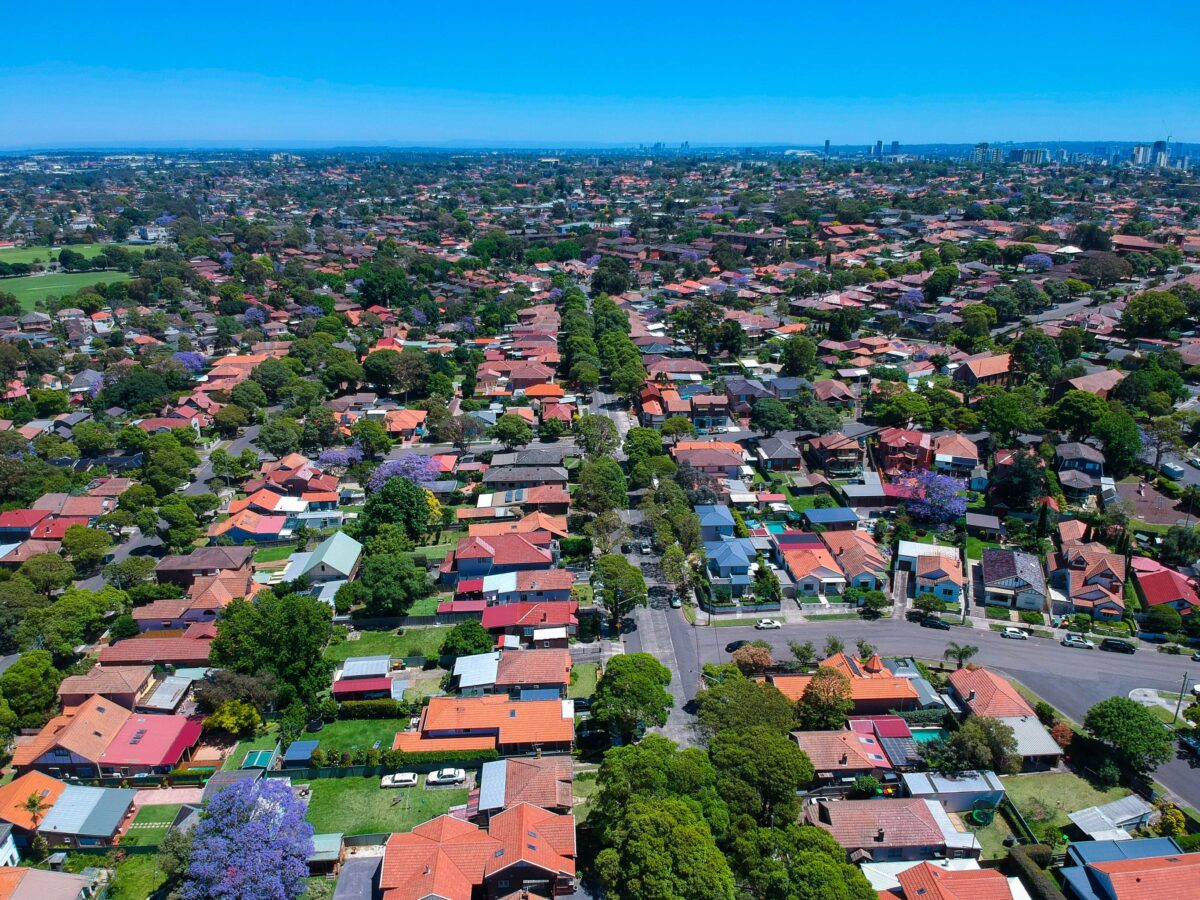Improving your ceiling insulation is one of the most effective ways to cut energy bills and keep your home comfortable year-round. The Australian Government’s Home Scorecard reports that 25–35% of a home’s heat loss or gain occurs through the ceiling¹. Upgrading your insulation helps keep heat in during winter, cool air in during summer, and supports a more energy-efficient, sustainable home.
Why ceiling insulation matters
Without proper thermal insulation, the heating and cooling you pay for escapes quickly, forcing your air conditioning and heaters to work harder. Quality ceiling insulation can:
- lower energy bills
- maintain comfortable temperatures year-round
- reduce outside noise
- add long-term value to your home
Signs you need to upgrade
Older or underperforming insulation may:
- sag or compress over time
- be damaged by moisture or trades
- have a low R-value that would no longer meet today’s building standards
A quick inspection can reveal whether you need to replace old insulation or add more to achieve maximum performance.
Understanding R-values
The R-value measures how well insulation resists heat flow — the higher the R-value, the better the performance. Most Australian homes benefit from ceiling insulation rated R4.1 or higher, though recommendations vary by climate zone.
Choosing the right insulation
For Australian homes, glasswool insulation is the most widely used and cost-effective option for ceilings. Lightweight, safe, non-combustible and easy to install, it delivers excellent thermal and acoustic performance.
Fletcher Insulation’s Pink® Batts ceiling insulation are a trusted choice, made in Australia with up to 80% recycled glass. Designed for local conditions, they keep your home comfortable while supporting sustainability goals.
How much does a ceiling insulation upgrade cost?
The cost of upgrading your ceiling insulation depends on several factors, including the size of your home, the R-value you choose, whether existing insulation needs to be removed, and if you opt for professional installation or a DIY approach.
While upfront costs vary, ceiling insulation is a long-term investment that pays off through lower energy bills, improved comfort, and added value to your home. Fletcher Insulation offers solutions to suit different needs, with supply-only options for DIY and professional installation services available through our network of trusted installers.
DIY vs professional installation
It’s possible to install ceiling insulation yourself, but safety must come first. Always follow the recommended installation guidelines carefully—see the Pink Batts Ceiling Installation Guide.
If you prefer professional installation, you can find Pink Batts installers near you on Fletcher Insulation’s Find a Supplier directory or simply fill out our Get a Quote form and we’ll arrange for one of our installers to get in touch with you.
Ventilation and insulation
Good roof ventilation complements insulation by reducing moisture, preventing condensation, and protecting your roof structure. Well-ventilated, insulated ceilings last longer and perform better.
Comfort, savings and sustainability
Upgrading your ceiling insulation is a simple way to improve comfort, reduce energy bills, and support a more sustainable home. Fletcher Insulation’s Pink® Ceiling Batts provide a proven solution for Australian homes.
👉 Ready to upgrade your ceiling insulation?
Let us help you get started. For professional installation, you can find Pink Batts installers in our Find a Supplier directory, or simply complete our online Get a Quote form and we’ll connect you with a trusted installer.
For DIY supply, use our Find a Supplier directory to locate your nearest retail and trade stockists — and be sure to follow the Pink Batts Ceiling Installation Guide for safe and correct installation.
Source:
¹ Australian Government, Home Scorecard – Insulation and the Building Shell: “Between 25% and 35% of heat loss or gain can occur through the ceiling.” homescorecard.gov.au, accessed 21 August 2025.





